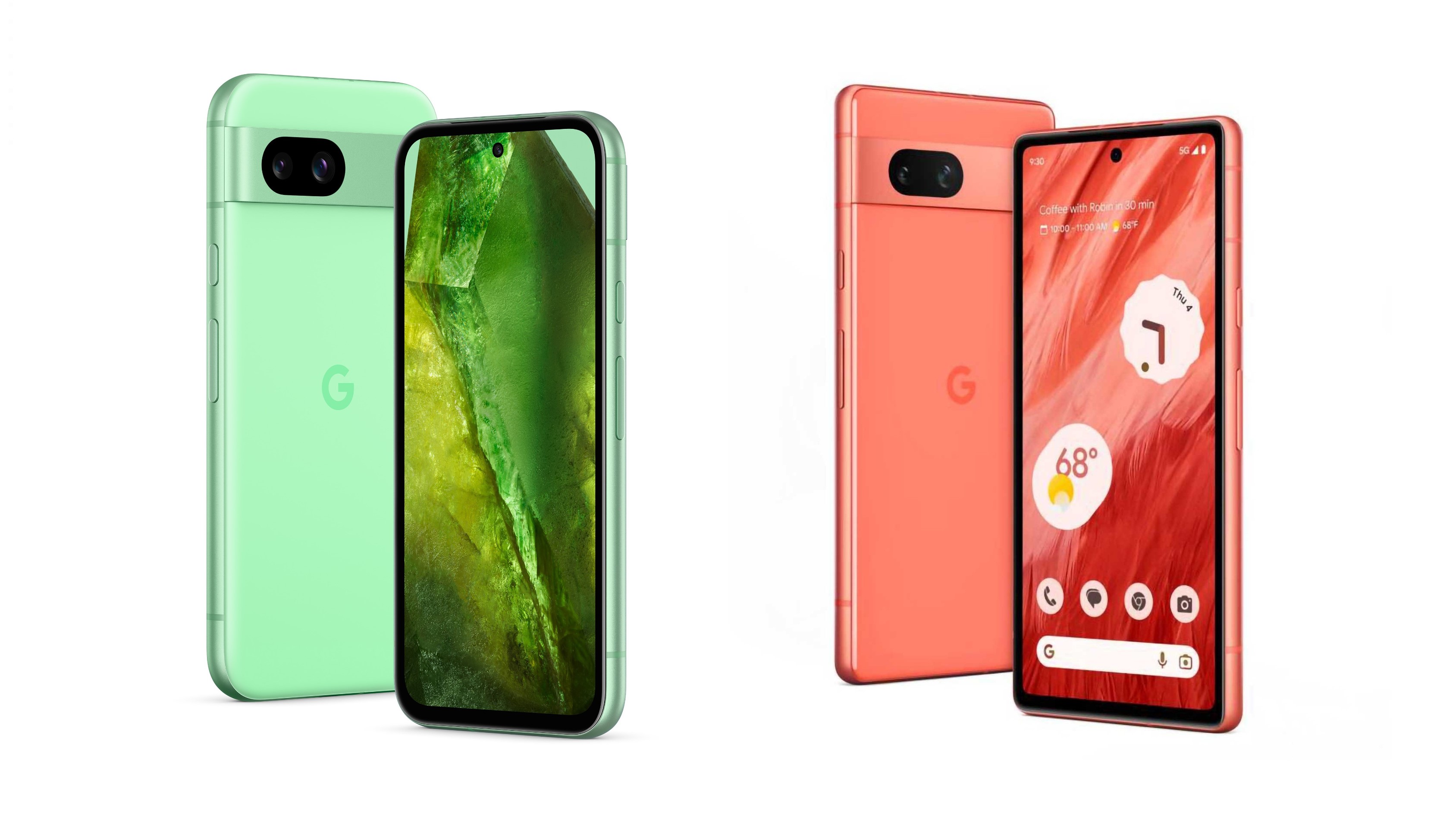
The obvious choice
The biggest difference with the Pixel 8a is that the phone finally gets a 120Hz panel, bringing it on par with other mid-range devices. Google is also rolling out the same seven-year software update guarantee as the regular Pixel 8 series, and that gives the Pixel 8a a distinct edge in this category — no other mid-range phone will get as many updates. The cameras haven't changed, but you get all the latest AI features that debuted on the Pixel 8, and there's a 256GB model this time. The phone is costlier than last year, but the upgrades combined with long-term software updates means the Pixel 8a is an easy recommendation.
For
- 120Hz OLED panel
- Seven years of software updates
- Terrific cameras
- Clean software with no bloatware
- 256GB model
Against
- Costlier than last year
- Charges at 18W
- Still not available in most global markets
Still great
The Pixel 7a still has a lot to offer in 2024, and there isn't any area where the phone falls short. That said, it has a tendency to overheat during extended gaming sessions, so if playing games is a priority, you should look at the Pixel 8a instead. The cameras are the best in this segment, you get clean software, and the battery lasts a day. However, the Pixel 8a offers much better upgrades, and unless you're getting a great deal on the Pixel 7a, I'd suggest going with the 8a.
For
- Better value
- Reliable in daily use
- Standout cameras at the back
- Clean software without any bloat
Against
- 90Hz panel
- Limited to 128GB of storage
- Overheats while gaming
- Only three platform updates
Google Pixel 8a vs. Pixel 7a: Design
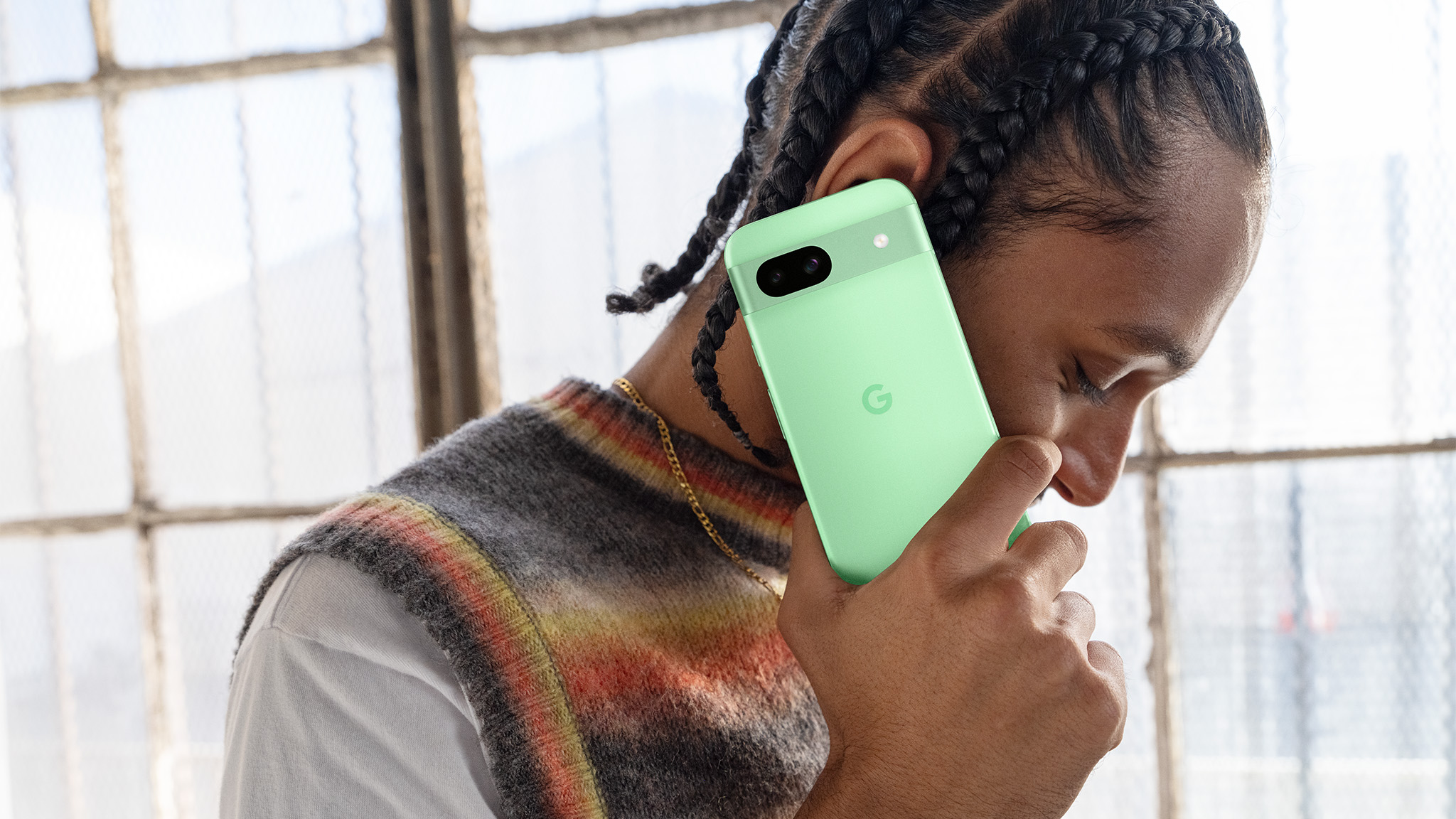
Google has a distinct design aesthetic, and it hasn't deviated too much from that path with the Pixel 8a. The phone is nearly identical to the Pixel 7a, so you get the same camera bar at the back that runs along the width, with the camera modules housed inside.
The key difference this time is that the phone has rounded corners, and that makes it a look a little more elegant while being easier to hold and use. Google is also rolling out exciting color options, with the Pixel 8a available in Aloe, Bay, Obsidian, and Porcelain. Aloe has a green hue that is quite striking, and Bay is the same great blue variant that debuted with the Pixel 8 Pro, but it looks a little more vibrant.
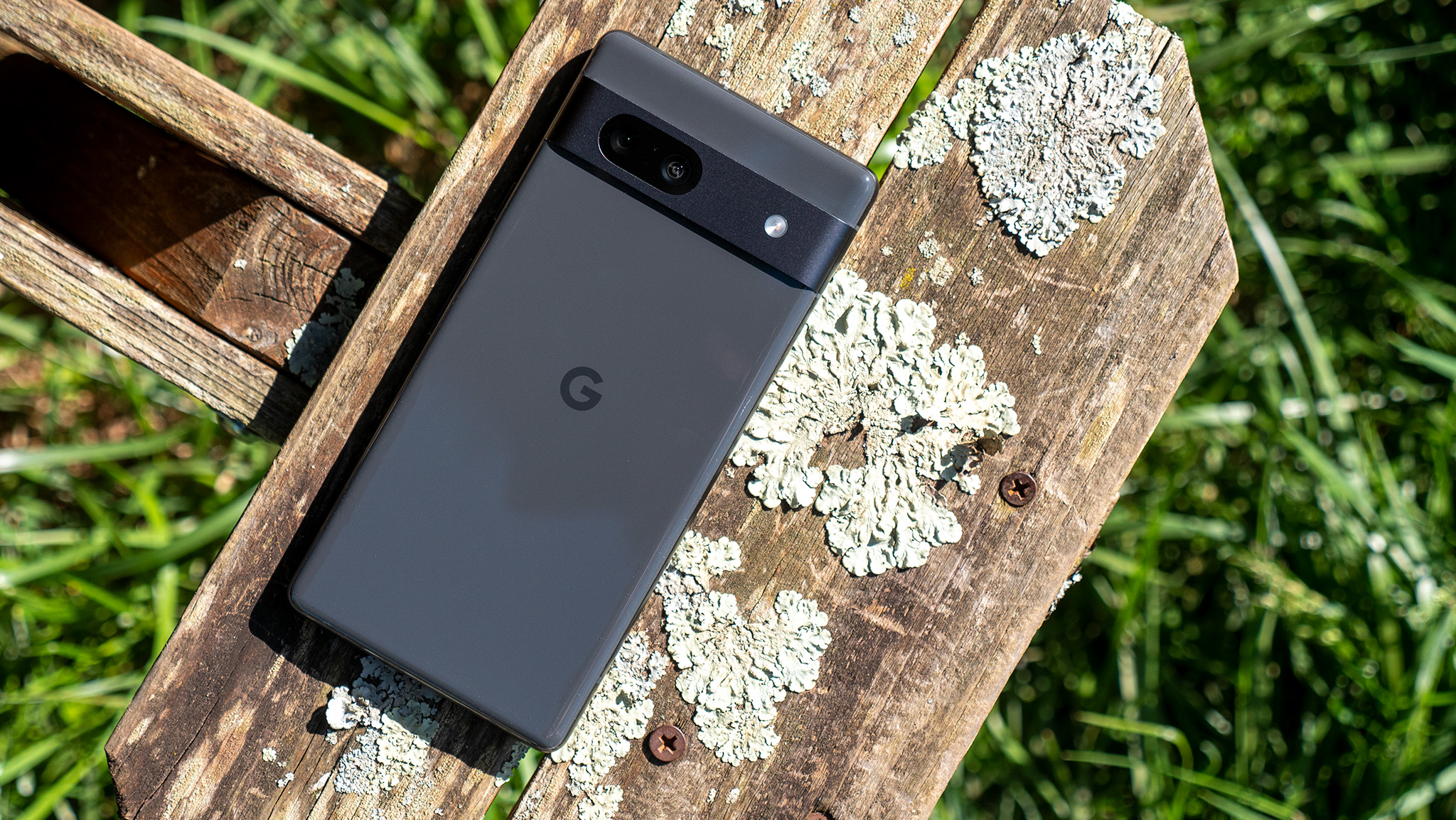
Google is still using a polycarbonate back and an aluminum mid-frame, but the brand is using more recycled materials this time around. Interestingly, the Pixel 8a is touted to be more durable, but I don't know what that translates to in terms of real-world use — I'll share more after I've used the phone for a while.
The Pixel 8a has roughly the same dimensions as the 7a, and coming in at 188g, it is a smidgen lighter. I like the Aloe and Bay color options, and while Google had issues with launching its more interesting colorways outside the U.S., it is doing a better job on that front — all four colors should be coming to all regions.
Given the similarities between the two devices, there isn't much to talk about the Pixel 7a. The phone has muted color choices, has a great in-hand feel, and I didn't see any issues on the design side of things after several months of usage. Both phones have IP67 ingress protection, giving them added resilience against the elements. On the whole, there really isn't much to distinguish the two devices in this area, but the rounded edges along with vibrant colors give the Pixel 8a a slender edge.
Google Pixel 8a vs. Pixel 7a: Display
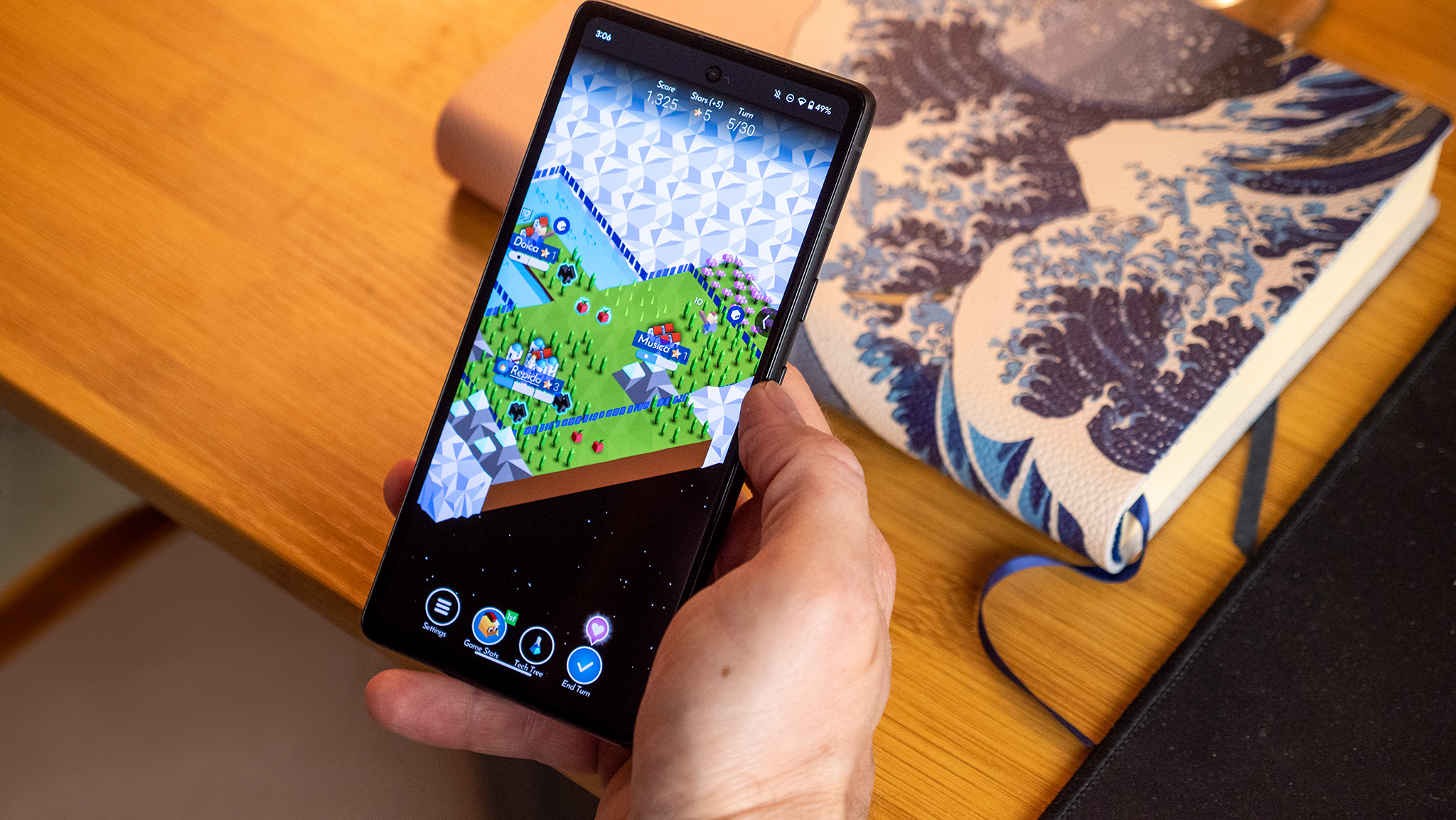
Google has been stingy with refresh rate on its mid-range phones; the Pixel 6a had a 60Hz panel, and the Pixel 7a came with a 90Hz panel. That's thankfully changing with the Pixel 8a — the phone has a 120Hz OLED panel, and it uses the same Actua tech that the brand debuted with the Pixel 8.
The screen gets noticeably brighter, going up to as high as 2,000 nits in HDR mode. Google hasn't changed the screen size, so you still get a 6.1-inch panel with a resolution of 2400 x 1080, and it has a layer of Gorilla Glass 3, just like the Pixel 7a. The always-on mode and At A Glance and Now Playing features are intact as well.
The switch to 120Hz is the biggest talking point, and it gives the Pixel 8a a sizeable advantage over the 7a. The 90Hz panel on the Pixel 7a is decent enough in its own right, but you can make out a difference when using the device alongside a 120Hz phone. So I'm glad Google finally decided to roll out 120Hz refresh to the Pixel 8a, and it makes the device that much more enticing.
Google Pixel 8a vs. Pixel 7a: Hardware
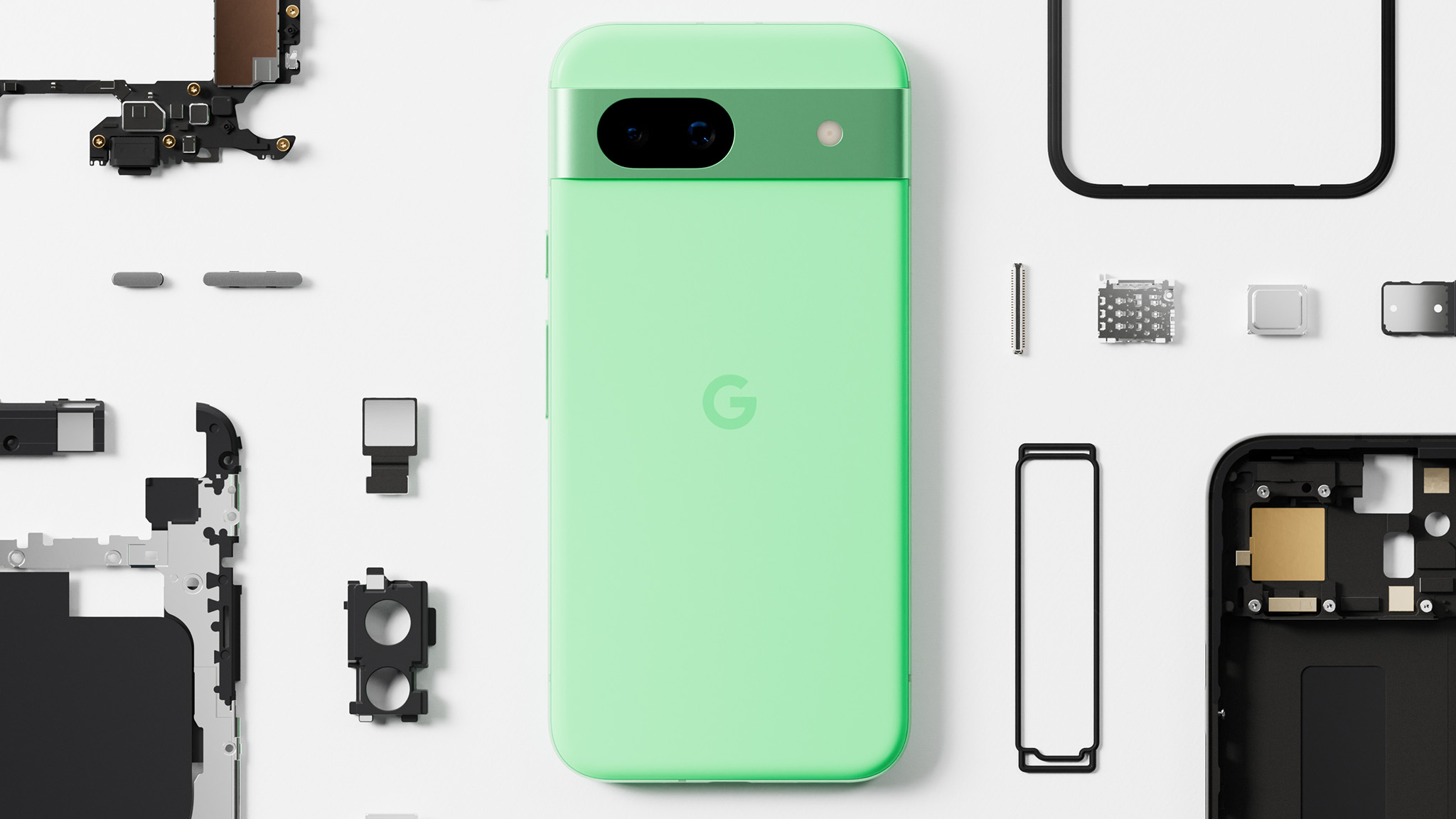
Not much has changed on the hardware side of things; the Pixel 8a gets the usual silicon upgrade, with the phone rocking Google's latest Tensor G3 platform. It has newer cores and much better performance, but thermal management is an unknown at this point. The Pixel 7a was severely constrained in this area, and even the Pixel 8 struggles with demanding workloads at times.
In that context, it will be interesting to see how the Pixel 8a holds up. The phone has the same 8GB of RAM as last year, and this time, Google is rolling out a 256GB model in addition to the base 128GB version. Limiting the Pixel 7a to 128GB was an oversight on Google's part last year, and I'm glad to see the brand addressing that issue this time.
That said, the Pixel 8a has UFS 3.1 storage modules, and it misses out on the fastest UFS 4.0 storage. This doesn't make a difference in real-world use (at least not right now), but with the device slated to last the better part of a decade, UFS 4.0 would have been the better choice.
Coming to the battery, the Pixel 8a has a larger 4492mAh battery — versus the 4385mAh unit on the 7a — and it should last a little longer. It has the same 18W charging and 7.5W wireless charging as the Pixel 7a, and you don't get a charger in the box.
Google needs to do better with its charging tech, and with the Pixel 8 series going up to 27W now, that should have been the case with the Pixel 8a as well — 18W charging just isn't enough in 2024.
Google Pixel 8a vs. Pixel 7a: Cameras
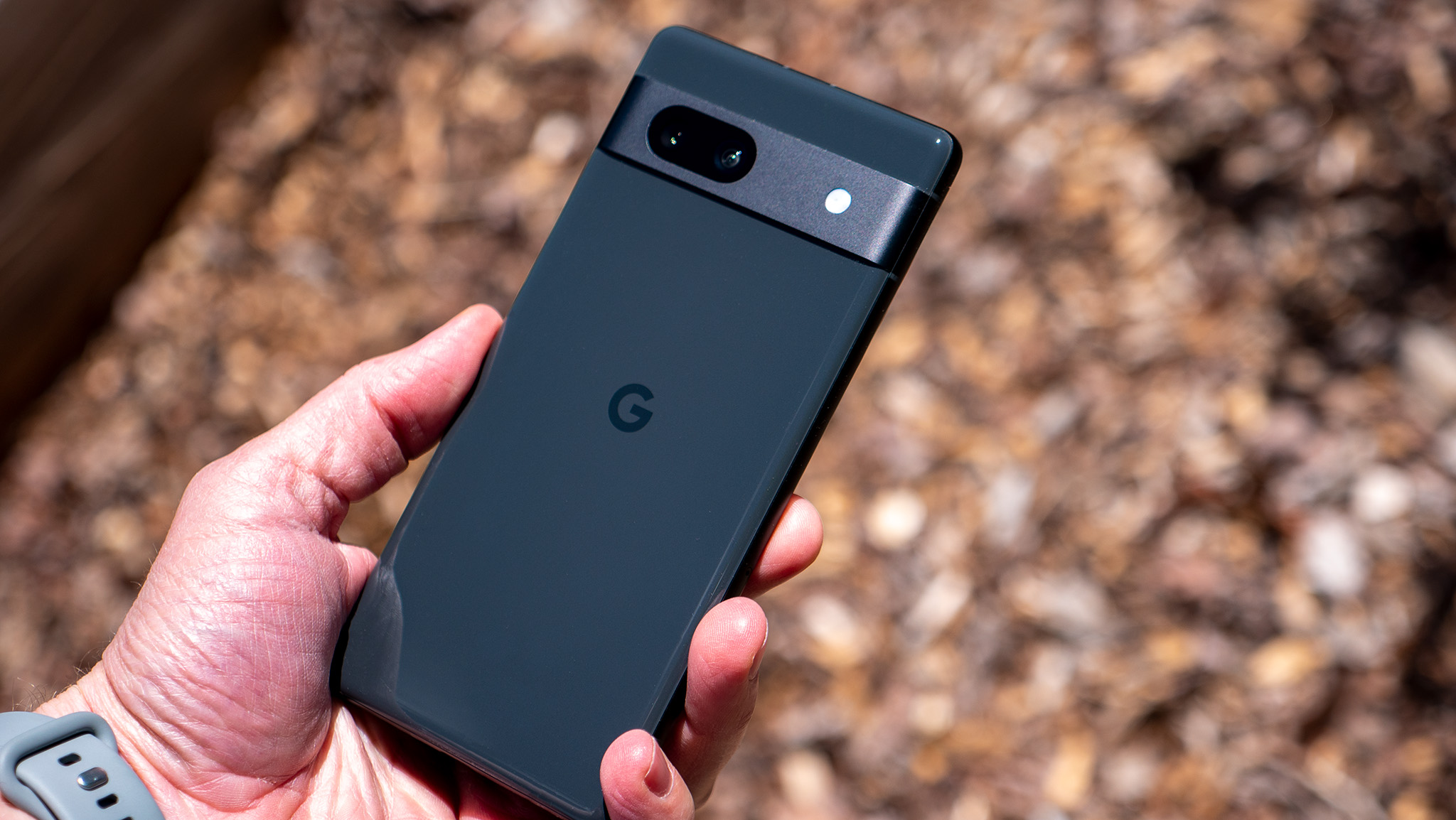
Google isn't making too many modifications to the cameras; the Pixel 8a has the same 64MP main camera at the back alongside a 13MP wide-angle lens, and there's a 13MP camera at the front. If that sounds familiar, it's because it is the same set of sensors as the Pixel 7a.
While the camera modules haven't changed, Google continually optimizes its algorithms, and the Pixel 8a should deliver noticeable gains in this area. Cameras have always been a strong selling point for Google — particularly the Pixel A series — and the Pixel 7a is still the best phone in this regard, but with the new imaging processor in the Pixel 8a, the phone is likely to take the crown. I'll share images and side-by-side shots of both devices shortly.
Google Pixel 8a vs. Pixel 7a: Software
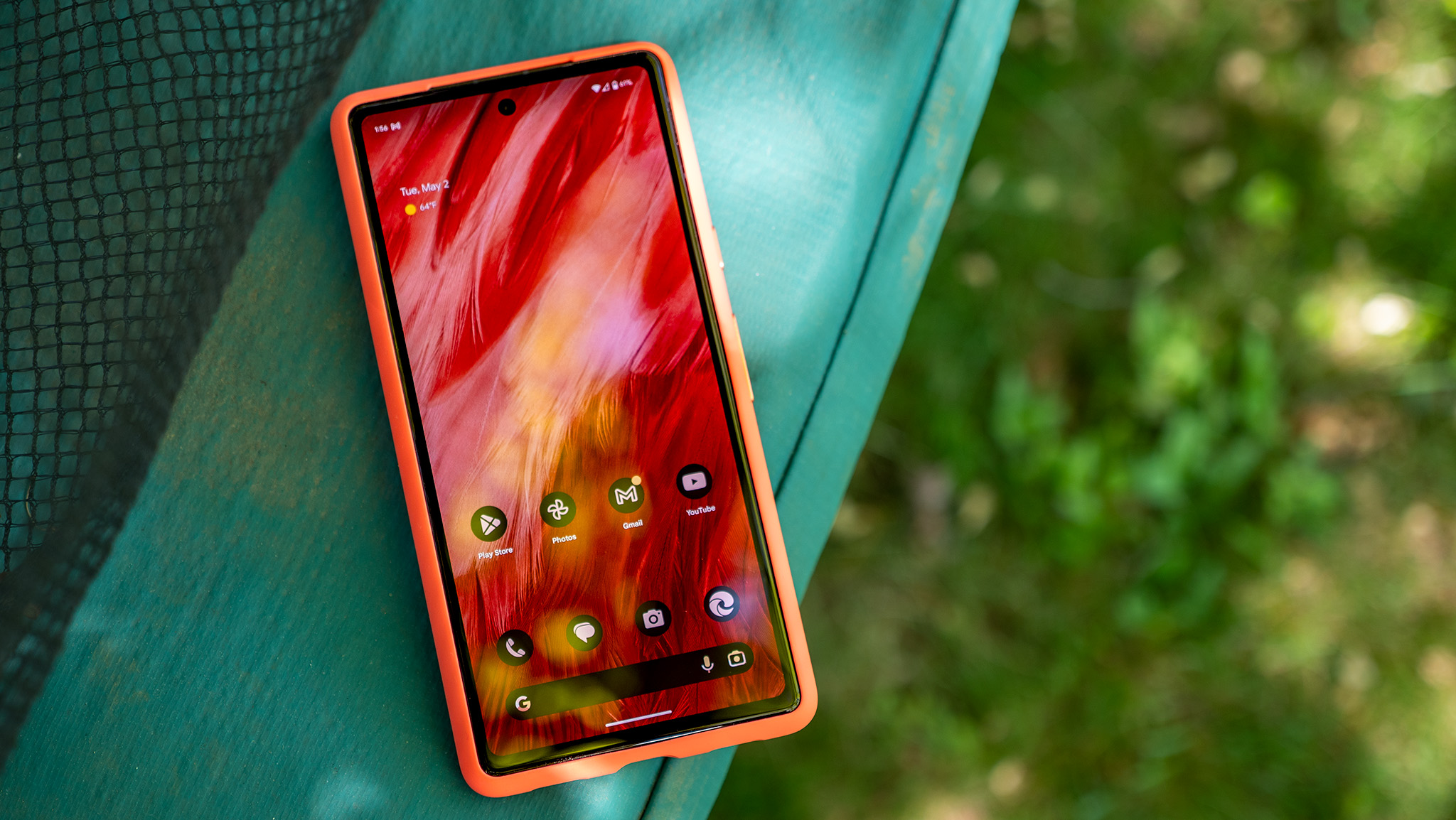
Google guarantees seven years of software updates to the Pixel 8 and 8 Pro, and it is extending that to the Pixel 8a. The phone comes with Android 14 out of the box and will get seven Android OS updates, and there's no other device that comes close to it in this segment. While Samsung also has the same guarantee, it's limited to the Galaxy S23 series, and the Galaxy A35 and A55 will get four updates.
The Pixel 7a, meanwhile, will get three platform updates along with five years of security updates. I didn't think Google would extend the same guarantee as its high-end phones to the Pixel 8a, but it is absolutely the right move.
What's also interesting is that the Pixel 8a is getting all the AI-focused features that debuted on the Pixel 8 series. That includes Best Take, Audio Magic Eraser, and Magic Editor. The phone gets all the camera-focused additions as well, and that again gives it a big advantage over just about every other mid-range phone.
The software itself is clean and doesn't have any bloatware, and Google has a ton of useful features that make using its devices an absolute joy.
Google Pixel 8a vs. Pixel 7a: Which should you buy?
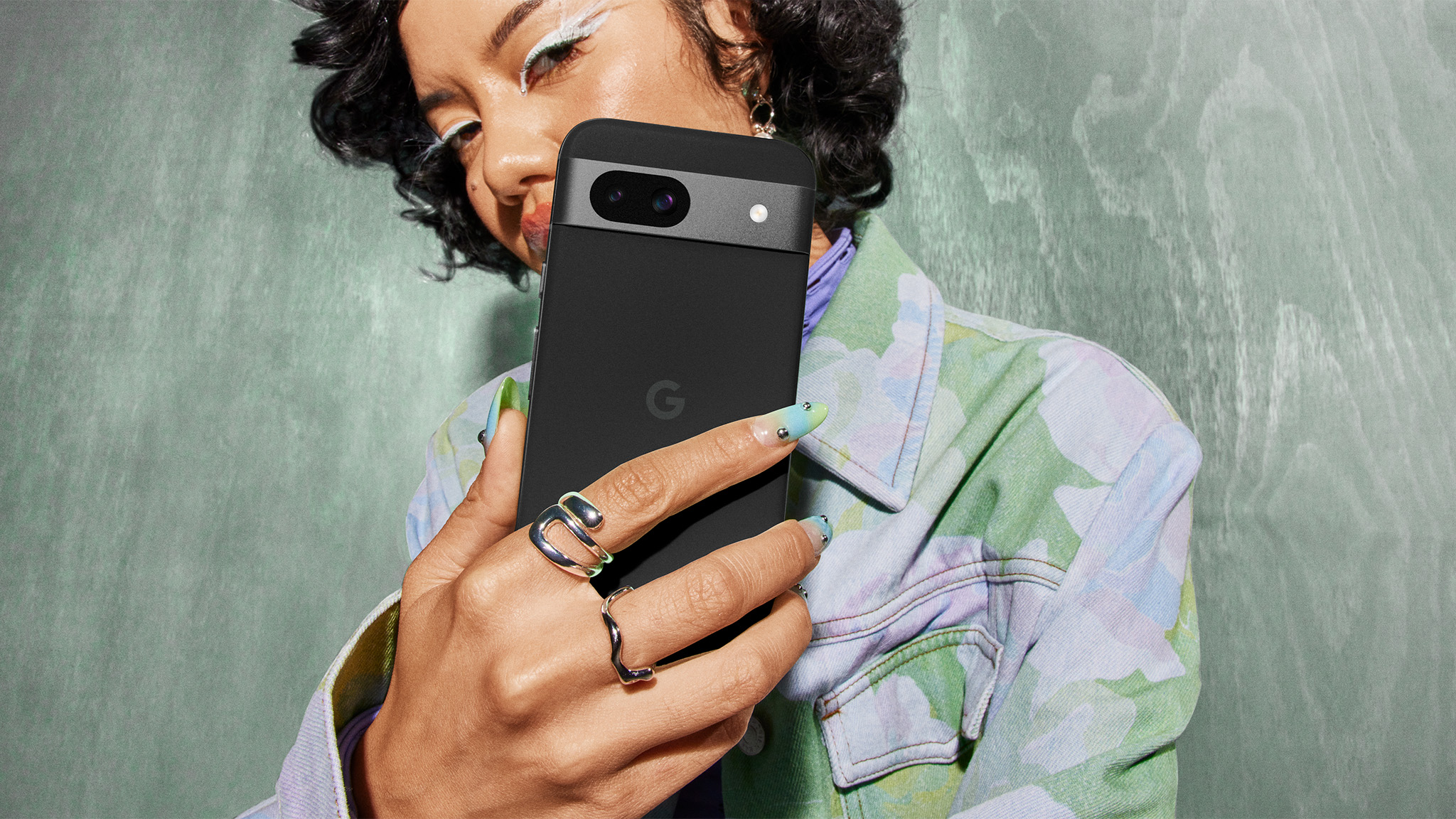
Global availability is still a bit of an issue with Pixel phones, and while that is getting better, Google just doesn't have a presence in anywhere as many markets as its rivals. The Pixel 8a is launching in 17 countries, and there isn't a lengthy wait to get your hands on the device — it's going on sale globally starting May 14.
As much as I like the Pixel 7a, the 90Hz panel and lack of a 256GB model ultimately limit the device. The Pixel 8a doesn't have these problems, and just the fact that it has a 120Hz panel makes it worthy of consideration. Yes, it has minor upgrades in all areas, but it's the screen and the seven-year update guarantee that makes the phone stand out. It is the best mid-range phone you can get today.
If you need a new phone that can last the better part of a decade and takes fantastic photos and videos, the Pixel 8a is the obvious choice. Coming in at $499, it is $50 more than the Pixel 7a, but you're also getting better hardware. If you want to maximize value, I'd suggest waiting until there's a good deal on the Pixel 7a. Anything in the vicinity to $300 is a terrific price for the device, and you're still getting feature-rich software and outstanding cameras.
The best mid-ranger
Thanks to a 120Hz panel and seven years of software updates, the Pixel 8a is the best mid-range phone you can get in 2024. There really isn't another device that offers the same combination of cameras, clean software, and long-term updates.
Still great
I think the Pixel 7a is still a great choice, and the cameras are the main reason to pick up the phone. However, the Pixel 8a is a better all-round choice, and you should only consider the Pixel 7a if you can get it at a good deal.







